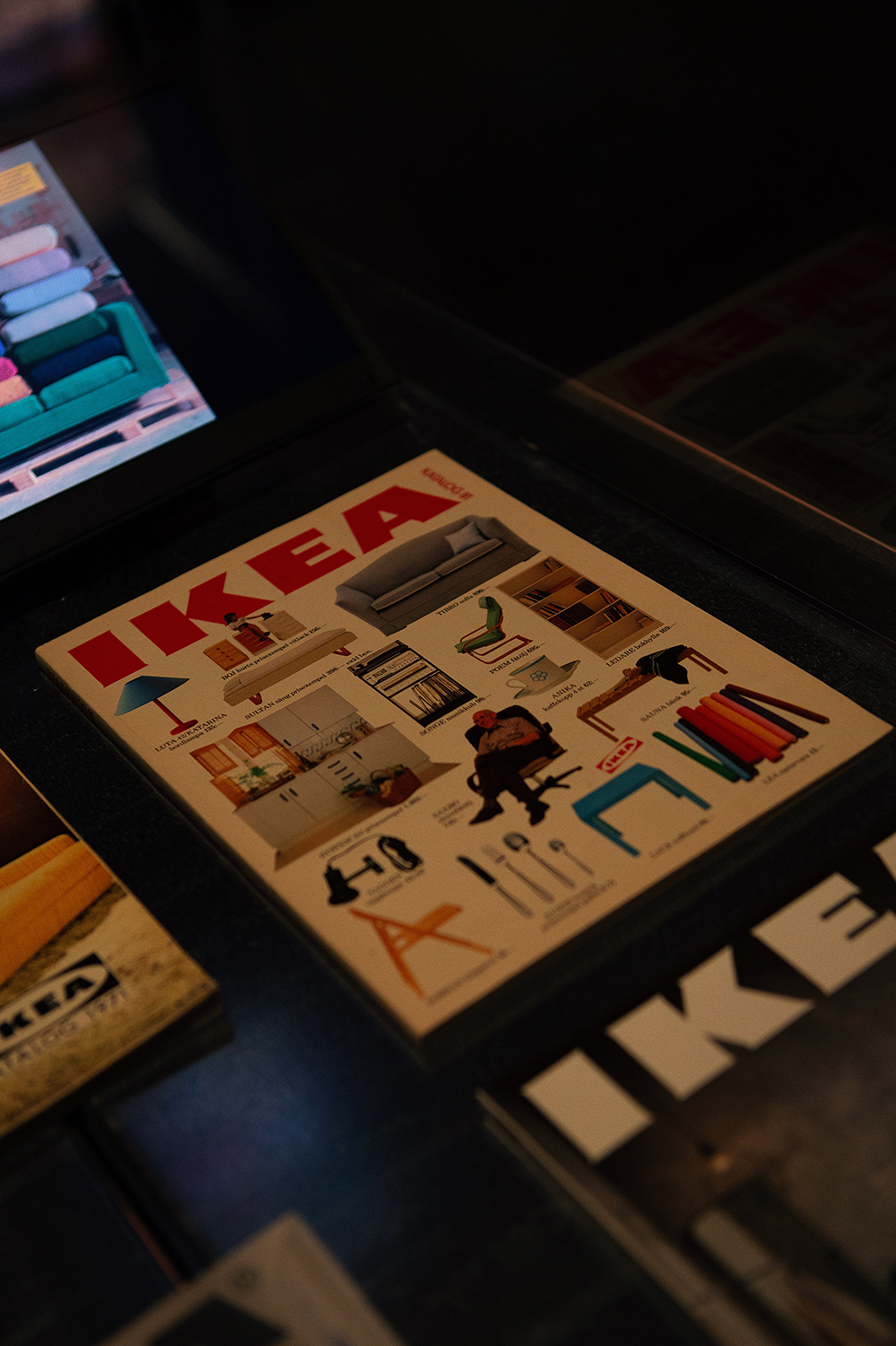It is likely that no term better combines Barcelona and Design than VINÇON. The iconic store, gallery, and indisputable meeting point for creators, artists, and design enthusiasts was the leading platform upon which the lines of what we could call the Catalan school of the mid-20th century were written.
Vinçon was not just a store; it was the embodiment of the emotional connection of a clientele with a way of life that was joyful, open to the world, but proud of its city. The Amat family not only made designs from all over the world accessible but also dared to add value to them under their own brand. So much so that the company began to sell its own products, which are still on the market today, such as the iconic calendar or the clock designed by América Sánchez. A distinctive feature of its identity was its sense of humor, as well as its desire to be part of history. They began designing two bags a year, which soon became a reflection of milestones such as the switch from the peseta to the euro in 2001 or the 1992 Barcelona Olympic Games.
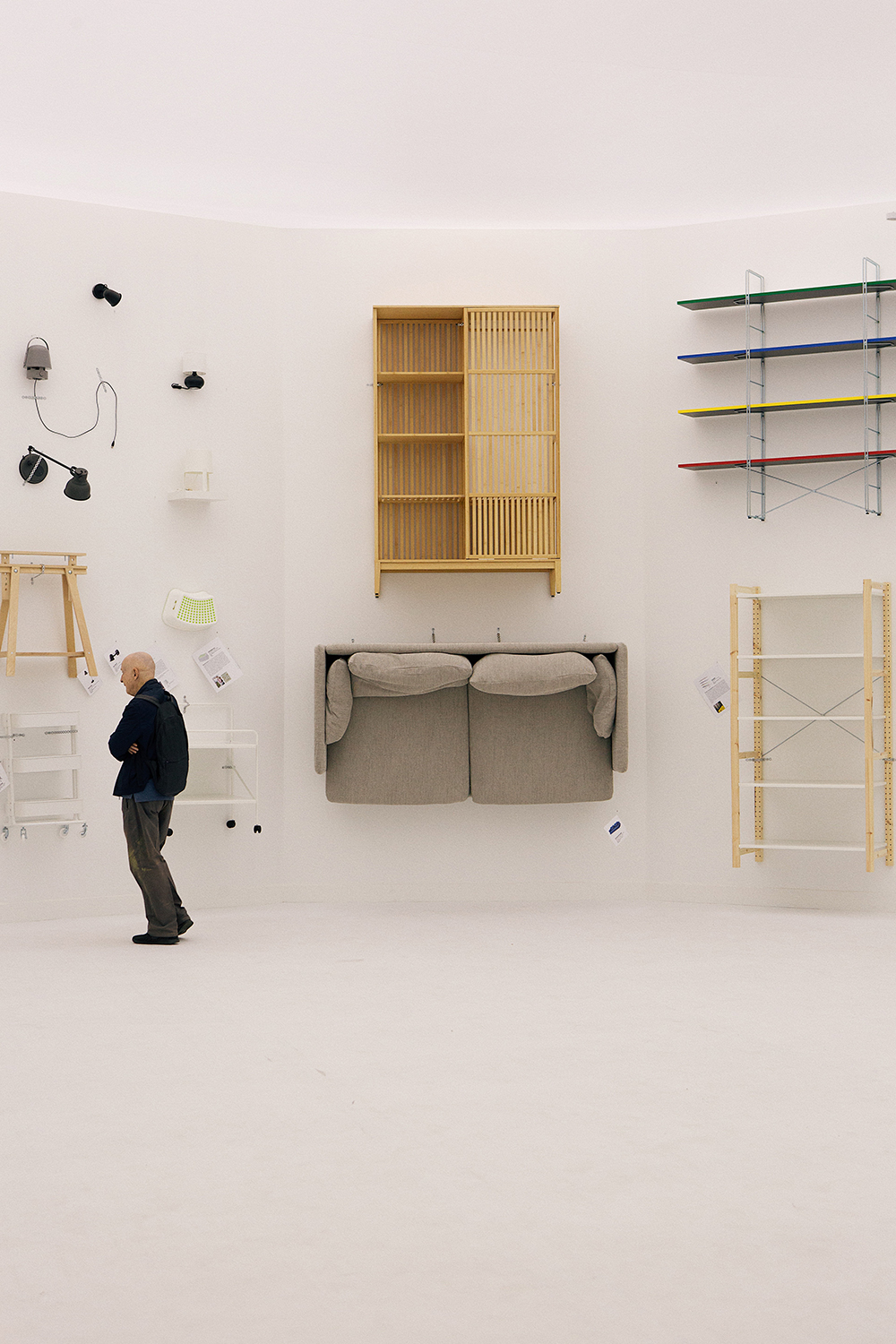
The exhibition, inaugurated during Barcelona Design Week, will remain at DHUB until February. Conceived by Fernando Amat himself, it starts with a clear premise: to highlight the common traits between a predominantly local company like Vinçon and the quintessential international furniture company, IKEA. Despite the difference in their turnover, both companies had the same number of items, around 10,000.
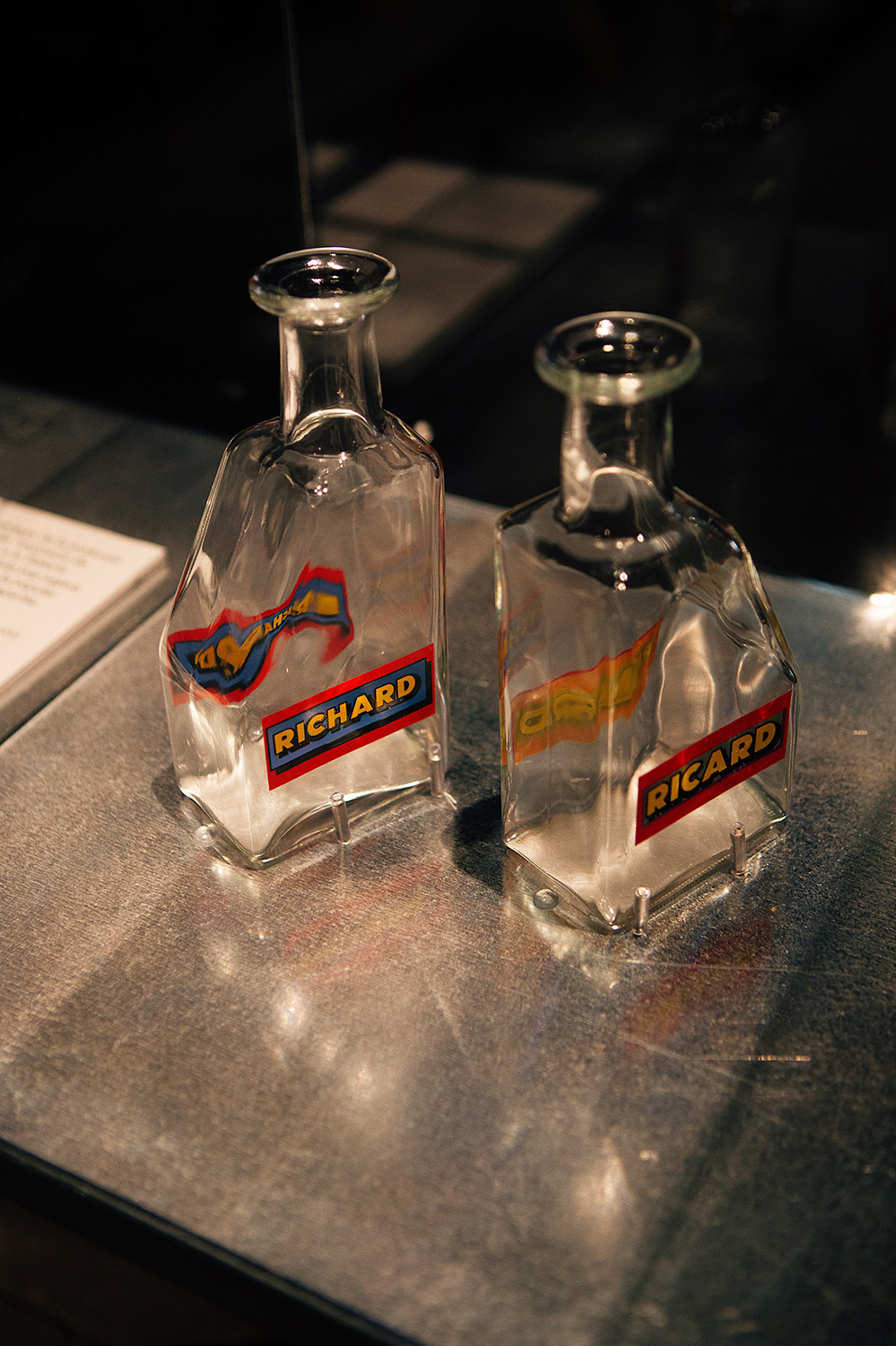
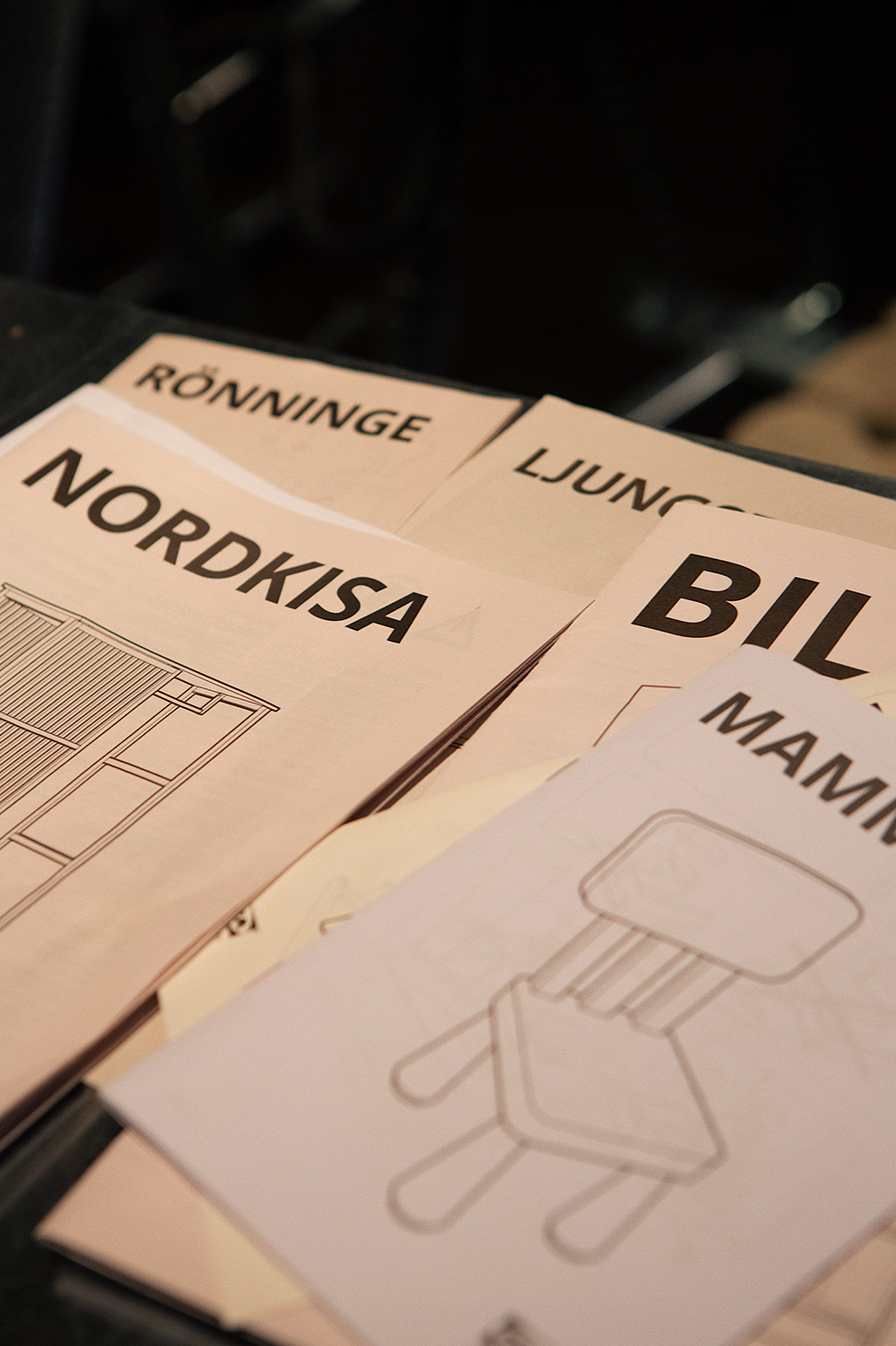
A timeline traces their history, emphasizing their similarities: both were created in the 1940s by self-taught individuals concerned with inclusive design. Fernando Amat was colorblind, and IKEA’s founder, Ingvar Kamprad, was dyslexic—hence the company’s choice to name each item instead of using numerical codes. Vinçon, on the other hand, sought to be very inclusive, adding a section for left-handed people, as well as for the elderly and children.


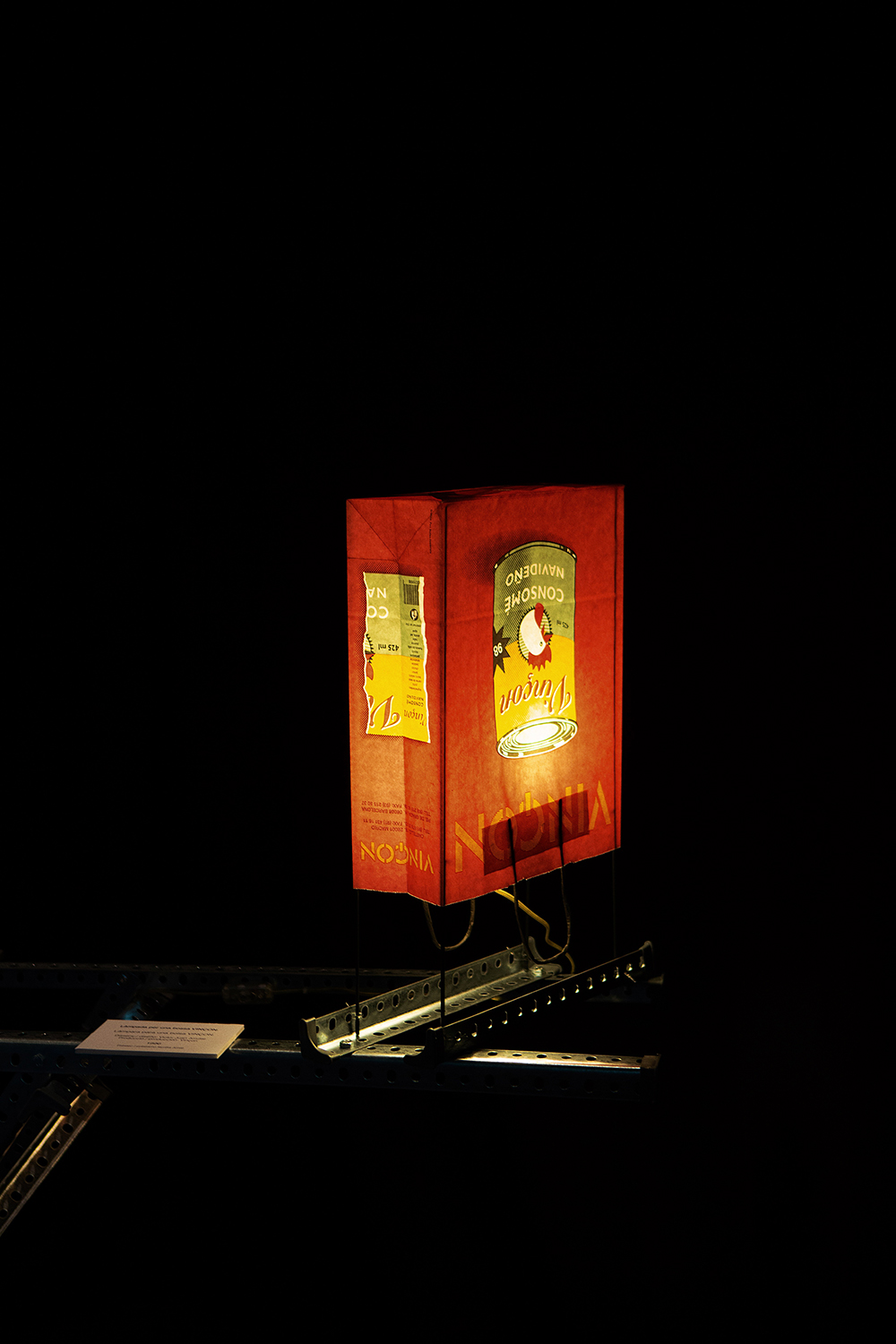
The central part of the exhibition features one hundred objects selected by Fernando Amat after traveling to the IKEA Museum in Älmhult, where the company’s first store opened, as well as visiting the store in L’Hospitalet de Llobregat. “They are not displayed as they would be in a store,” Capella points out. “The most important thing is that they all include the price, something unusual in an exhibition. In a museum, you can’t touch anything and don’t know how much things cost, but money is important in design.”
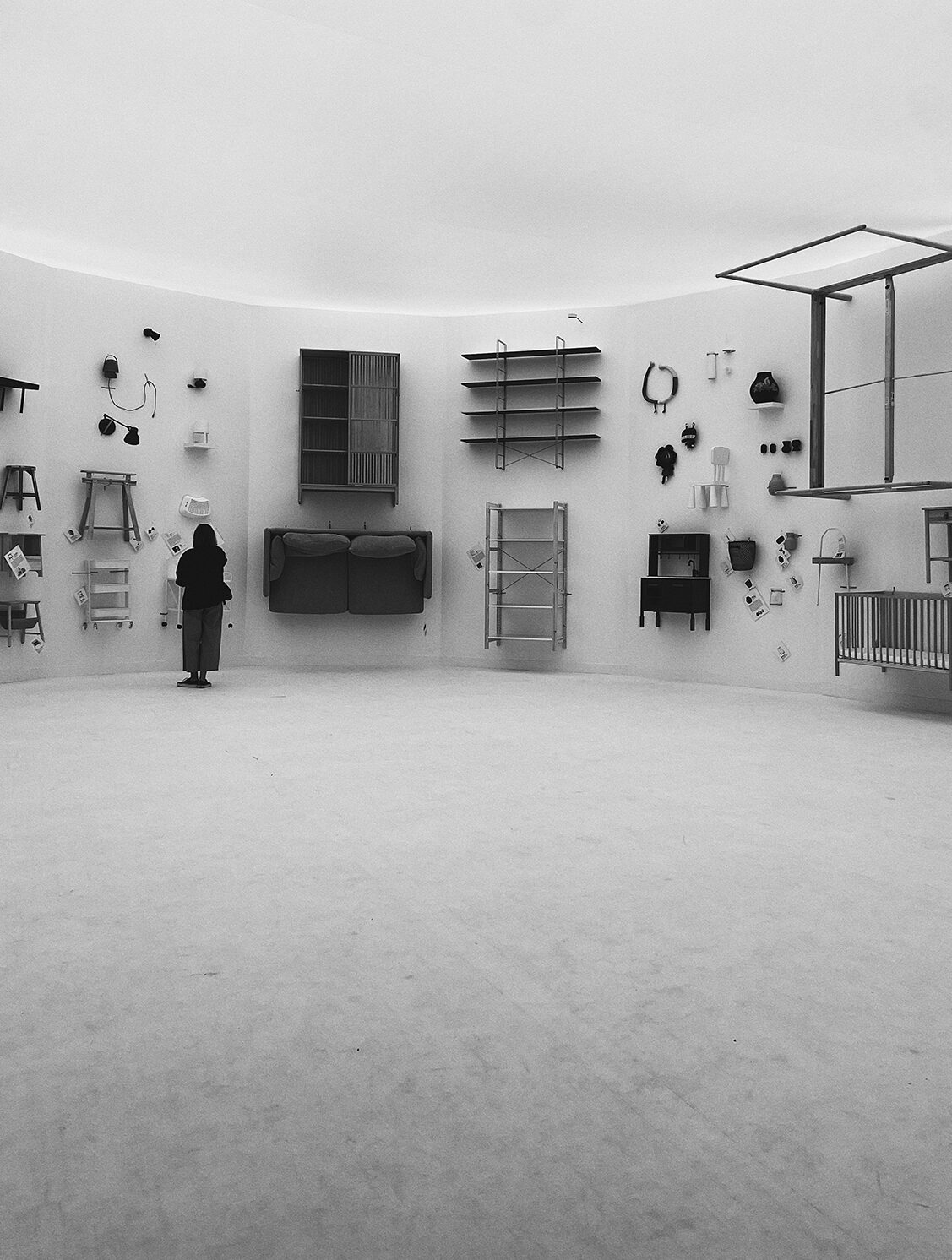
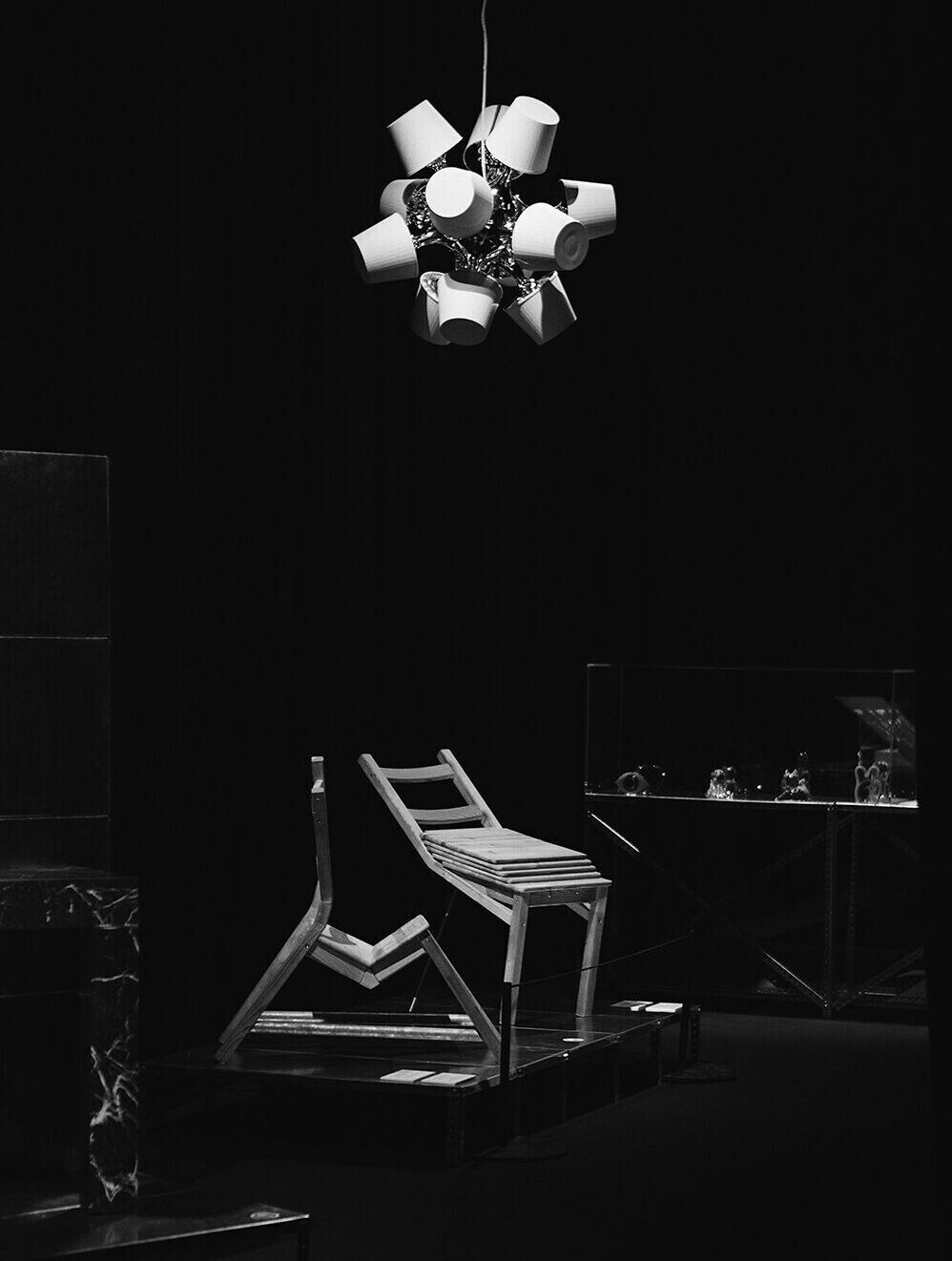
As important as the price or the layout of IKEA stores were the Vinçon shop windows. They were a true showcase of artistic direction for objects, often everyday items. A window into creativity that was a great source of inspiration for many. The Vinçon counters, prepared to wrap each product as if it were a gift—even if it was a gift to oneself—represented the final in-store experience when acquiring one of those coveted objects. The exhibition pays tribute to this attention to detail with the paper rolls available at the exit. Taking a piece of those rolls is like buying once again in that empire of rationalist hedonism.
